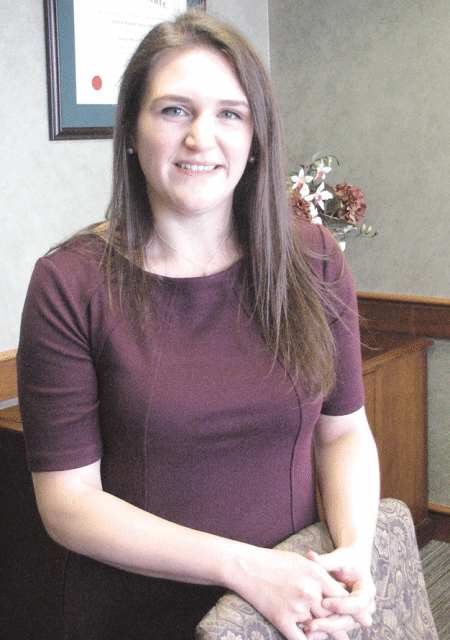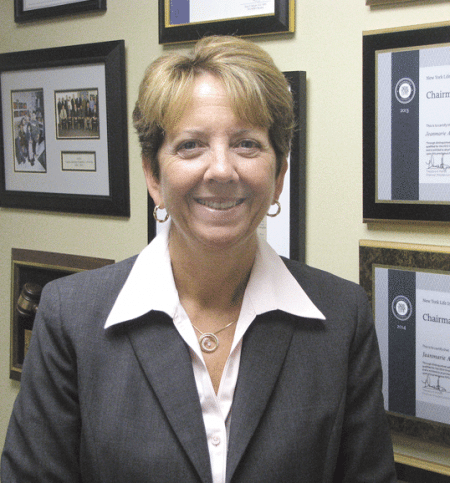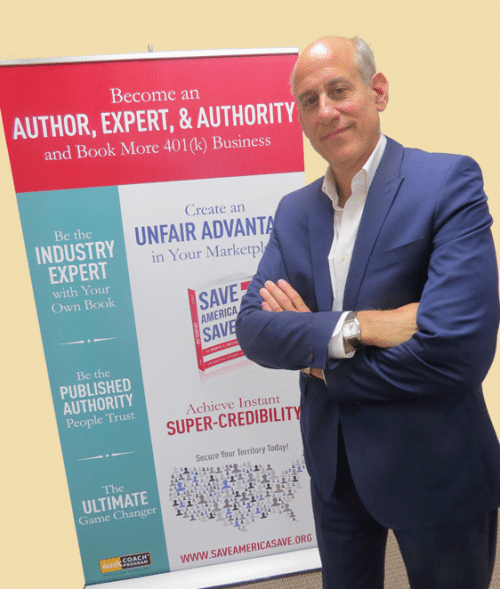One Size Doesn’t Fit All
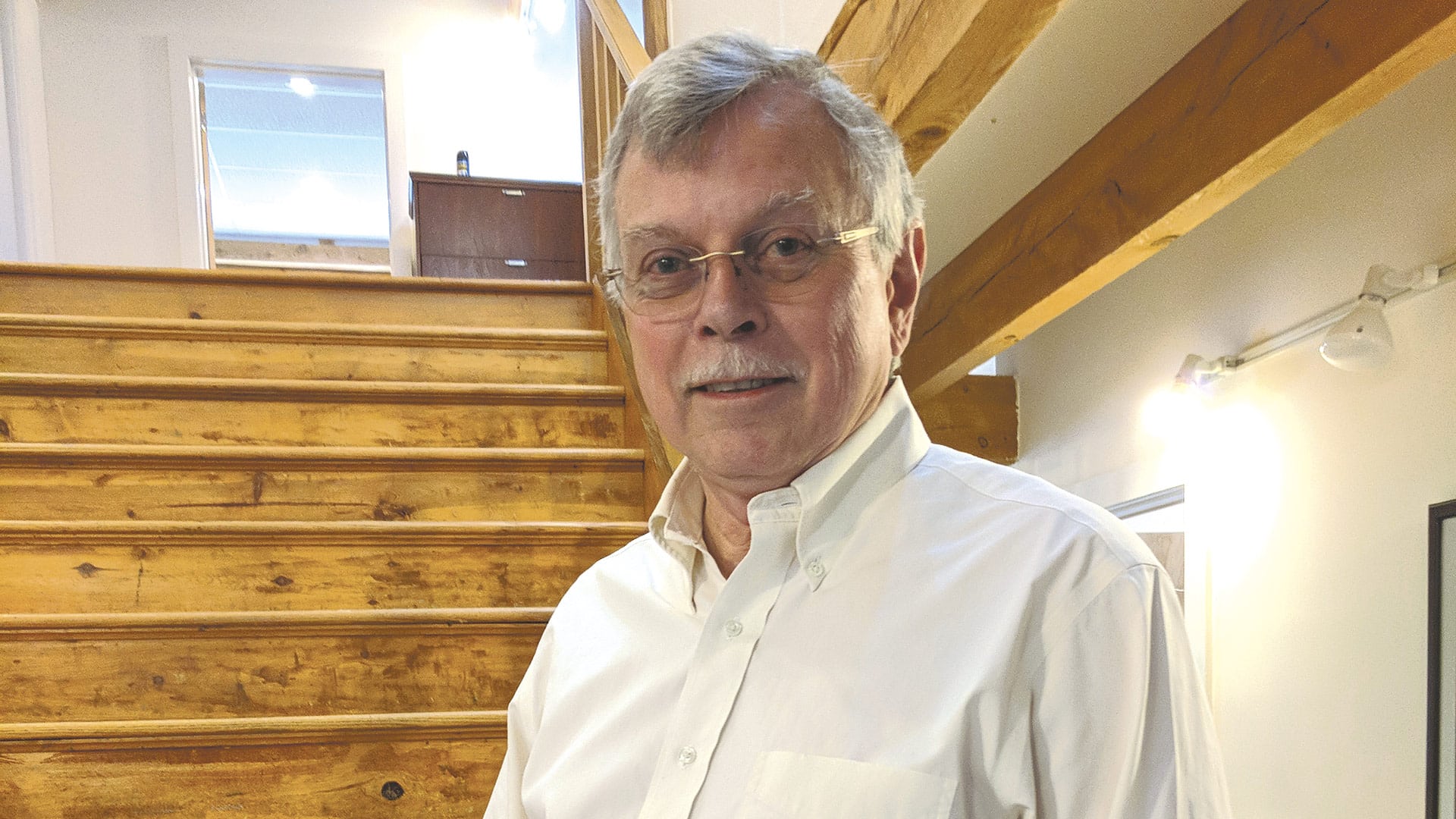
President and Chief Investment Officer Trevor Forbes
With decades of investment experience under his belt — much of it for very large companies on an international scale — Trevor Forbes decided he preferred an approach to portfolio management that emphasizes the individual. He found that model at Renaissance Investment Group, which he joined as president in 2011. Creating a completely personalized portfolio for each client takes work, he said, but it’s worth it because it creates peace of mind — in more ways than one.
It makes sense, Trevor Forbes said, that no two people would forge an identical strategy for their financial future.
“Your financial position is going to be different than someone else’s, and your ideas about what you want when you retire will undoubtedly be different. So how you deal with that retirement will be different,” said Forbes, president and chief investment officer at Lenox-based Renaissance Investment Group.
“You may be a cautious investor; you may be able to tolerate much less in the way of volatility in your investments than someone else, and we take that into account,” he went on. “We have to balance a whole range of different requirements from our clients. A lot of organizations will claim to do that, to an extent, but in most cases, they are not really set up to do it that way — certainly not for the size of clients we typically manage money for.”
Renaissance was launched in 2000 with a vision to provide tailored investment-management and financial-planning advice to individuals who were being sidelined by the centralization of the industry.
“That’s remained very much the ethos of Renaissance ever since,” Forbes said. “I joined in 2011, having had long discussions with the original founders for about 18 months prior to that, at a time when two of the original founders were seeking to retire. They wanted somebody with a similar ethos and a similar approach to investments.”
“The mission has been to provide individualized investment management and financial planning for people who otherwise wouldn’t be getting that.”
Forbes, a native of England, had worked in London for most of his career, mainly for large financial organizations on the investment side. “For example, for most of the ’90s I was the head of global equities for Citibank, which was those days based in London. I had to coordinate the investment approach of seven different locations around the world. They got me very heavily involved in asset allocation for a whole range of different types of clients. Particularly interesting to me, at that stage, was the private client side.”
Forbes left Citibank at the end of the 1990s and went into private-client wealth management; in 2007, he set up a wealth-management business “at probably one of the most inauspicious times in market history.” But over the next several years, he and his team built that enterprise from nothing to a billion dollars under management.
Still, he and his wife were looking for something different when they relocated to the Berkshires — she to open a bed and breakfast, and he to find a wealth-management firm that fit his philosophy — which he found in Renaissance just as it was looking for a successor to run the business.
Just before he came on board, the company became a wholly owned subsidiary of Berkshire Bank, but it never fit neatly into that’s institution’s mold, he said, so in 2016, he partnered with Ohio-based Stratos Wealth Enterprises, LLC to buy out the firm.
“We’ve been able to regain our independence and maintain what has been the ethos of the company all the way through,” he explained. “The mission has been to provide individualized investment management and financial planning for people who otherwise wouldn’t be getting that. That continues today.”
In most investment-advisory firms of Renaissance’s size, said Chief Operating Officer Christopher Silipigno, “you’re not getting someone to sit down and find out exactly what your situation is, what variables are in play for you, and then looking at the specific equities that best make up a portfolio that matches that. That’s pretty special.”
One thing that attracted him to the firm, he added, is its history of bringing in senior-level talent from very large institutions who now bring that experience to clients outside the ultra-high-net-worth sphere.
“You’re getting someone with Trevor’s background to sit down with you and run through all kinds of things — your investment concerns, retirement concerns, cash flow and how much you need, as well as things like passing this wealth on in a tax-efficient manner, how the funds will go to your children, even real-estate concerns.”
As an SEC-registered investment advisory firm, Silipigno noted, Renaissance has a fiduciary responsibility to clients — a term meaning, essentially, that their interests always come first.
“Most people don’t understand that, in your large broker-dealer houses, that’s not the case. They have a suitability expectation, which means the investment has to be suitable, but it could be that they’re selling you Apple because they own Apple at one price and want to sell it at another. We’re not selling our own stock, so our advice is what’s in your best interest. We’re also not pushing products, which is unique.”
Conscientious Investors
At Renaissance, the investment team is doing all its own research on individual investments, Silipigno said. “You might think that’s the norm, but it’s further and further away from the norm. Typically, research is done somewhere else and being sent into the firm, and then that research is being used to make decisions for you.”
That in-house research, he explained, extends to both national trend tracking, but also the fundamentals of each company being considered for investment. For instance, he noted, in a growing economy, oil might be a promising investment. “But maybe we see a lot of growth coming out of West Texas, and here are the companies in West Texas best poised to grow because they have the capacity to grow.
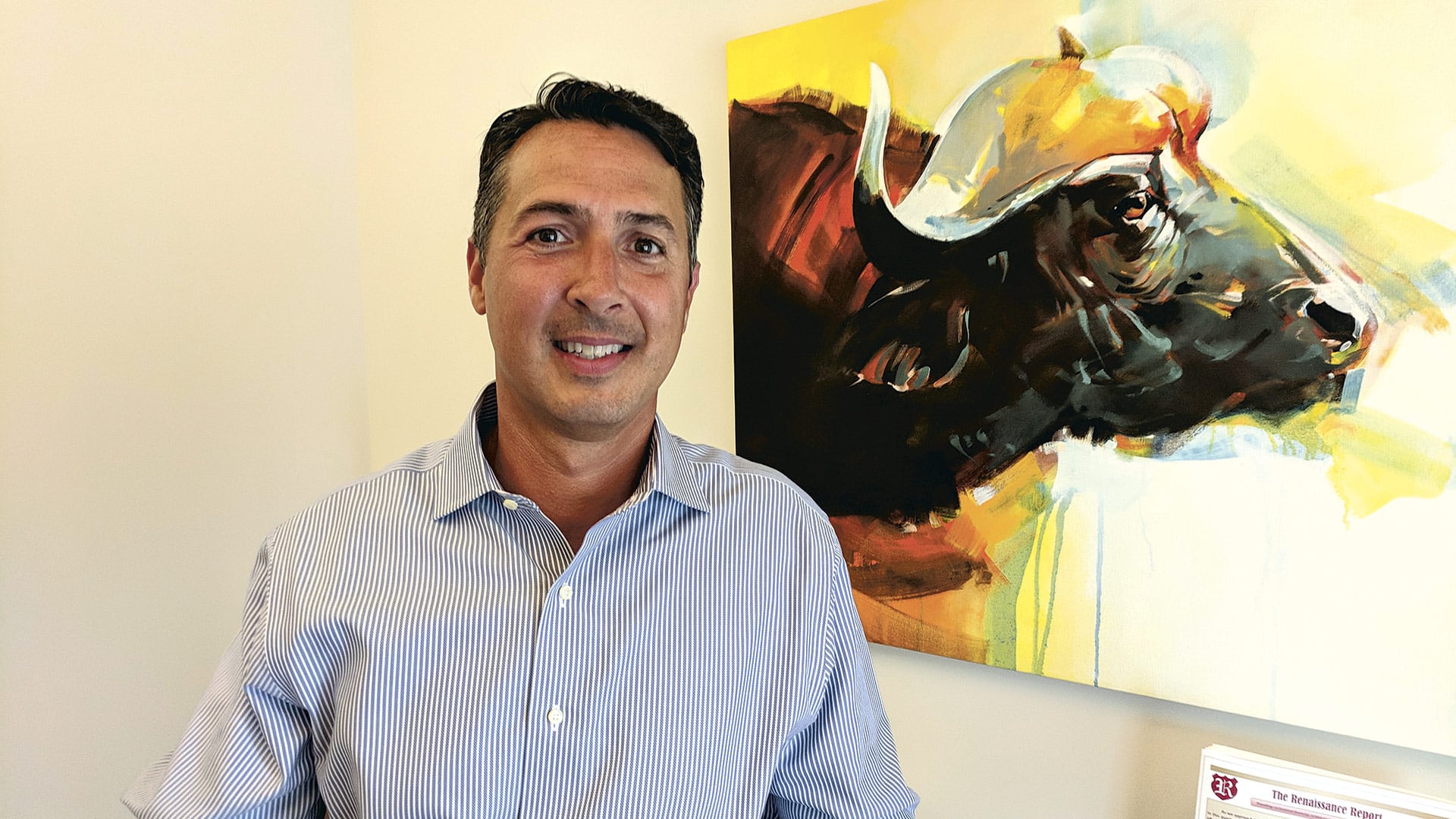
Chris Silipigno says Renaissance has a fiduciary responsibility to clients, meaning their interests come first, not the firm’s.
“That’s the kind of specific research that’s happening here and can be brought to a client,” he said. “Maybe someone in a $15 million account somewhere can demand that kind of answer. Here, we’re bringing that to clients in much smaller accounts.”
Sometimes, an individual investment strategy will incorporate what’s become known in the industry as social-responsibility investments (SRI), or environmental, social, and governance (ESG) preferences. Take, for example, customers who may not want their money invested in petroleum.
“A lot of those clients might not want that company in West Texas. That’s fine. It’s their wealth, and they have a role to play in how that wealth is invested,” Forbes said. “So we tailor a portfolio to either exclude certain characteristics or include some of the characteristics these individuals are interested in. Then we do research into these kinds of companies.”
In addition to fossil fuels, some customers have an aversion to military spending, guns, alcohol, gambling, pharmaceutical companies, even investment banks, and don’t want their money invested in one or more of those areas, he explained. Conversely, they might have a special interest in water resources, testing equipment for water purity, solar energy, or any number of other mission-driven businesses.
“Your view of social responsibility can be much different than someone else’s view of social responsibility. So we have to take into account a very wide range of differing views,” he added, noting that such companies must also be suitable investments from a financial perspective — otherwise, there’s not much point in investing in them.
Tailoring portfolios to match a customer’s ESG preferences, Forbes said, is really just an extension of what Renaissance is already doing for clients, which is research on a client-by-client basis — a task that has become much easier in an era of technology that makes information so readily accessible. “It’s time-consuming; there’s no doubt about that, but anything you do well is going to be time-consuming.”
Forbes first became interested in ESG investing during the 1980s, when he began directing money away from South African companies that supported apartheid. Today, a commitment to ESG investments still makes sense, especially in a socially conscious region like the Berkshires.
“It’s gone from a fringe idea, a few people saying, ‘hey, I want to invest in a way that doesn’t offend my values’ to a global movement,” Silipigno said. “Every year, the growth has been exponential.”
He said many larger firms are making ESG investments, but they’re one-size-fits-all portfolios of companies the advisory firm has decided fit the ESG mold, not crafted individually for each client. “They might decide a petroleum company is OK, because a certain amount of its revenues go back into the environment. But that might not be your decision as a client; you might say, ‘I don’t want anybody that profits from fossil fuels.’”
Indeed, Forbes added, “the way you express your social responsibility will be different than someone else’s. The way we do it is more targeted, and we have the technology to achieve that.”
For people worried that investing their conscience might cost them returns on growth, Renaissance has not found that to be the case, Silipigno added. “We’re seeing that our portfolios that are ESG and SRI are tracking with the major indices. So you don’t have to have a drag on your returns to invest in a way that meets your conscience.”
Smart Approach
Renaissance takes on clients with at least a half-million dollars to invest, although that could include a group of smaller accounts — for example, in one household.
“Our average client size is bigger than that, and basically these are people who worked very hard to get their wealth, and they want that wealth to provide them with some security, particularly as they get into later life,” Forbes said. “In some cases, it’s to provide a second generation with some wealth as well, and sometimes it includes charitable giving.”
Renaissance also manages money for foundations and endowments, he added. A large portion of its client base is in the Berkshires or surrounding regions, but the firm also has many clients on the West Coast, Florida, and other points across the U.S.
“We see ourselves as the center of a team of individuals that may include an attorney, an accountant, and a whole range of people who are important in mapping out your future — and succeeding generations as well. And it has to be done on a client-by-client basis. You have to know your clients. That’s important.”
Silipigno said potential clients will come in for a financial checkup, assessing their current financial standing and where their assets are. He often finds people at one of two extremes. Some are currently exposed to a tremendous amount of risk — with money tied up in just a few stocks that have done well, but could be vulnerable to a market downturn — while others have taken an alarmingly conservative approach to their future.
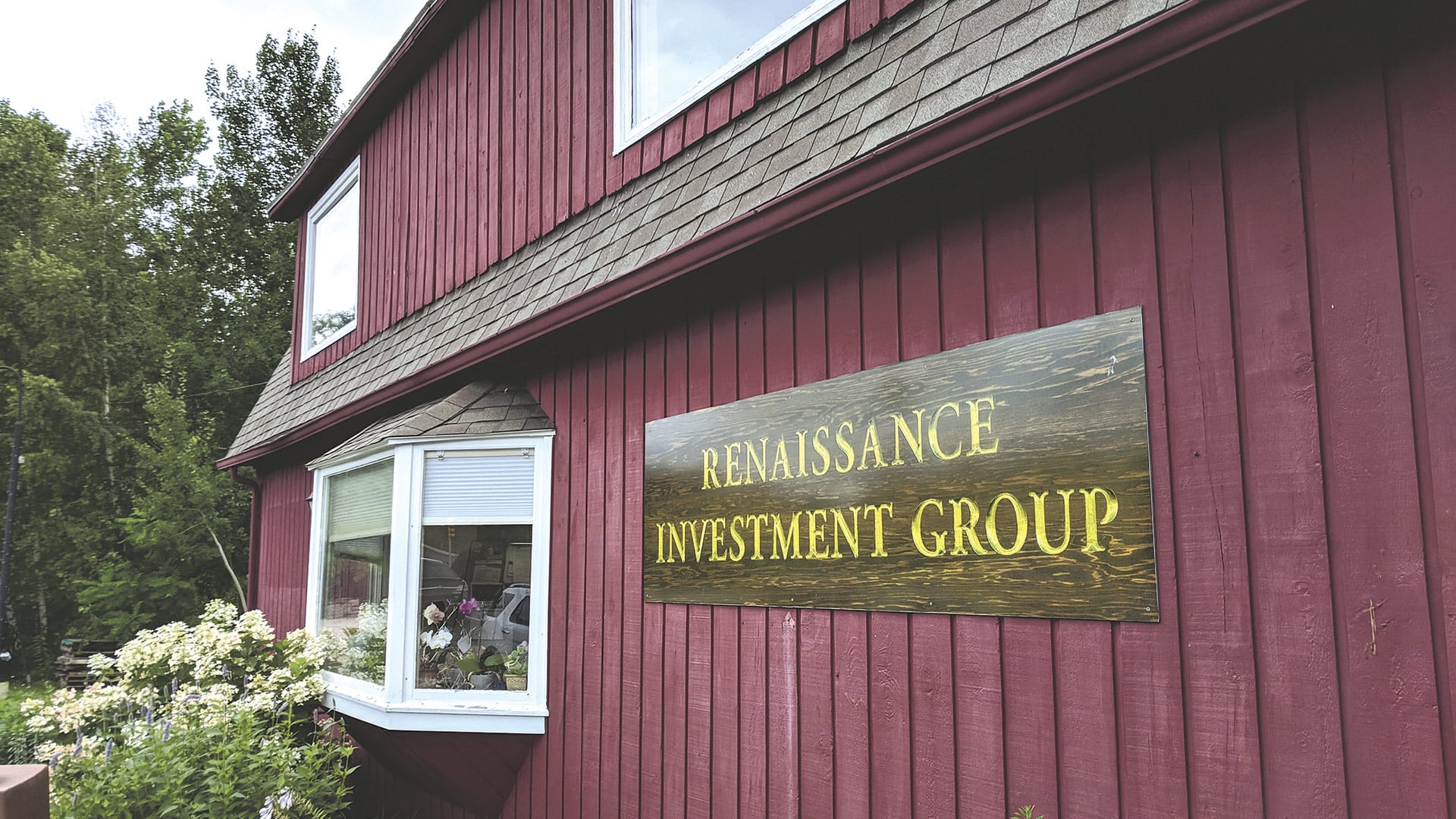
The firm boasts a broad client base in and around the Berkshires, but also across the U.S.
For example, he recently met with a doctor, married with five kids, who had more than a million dollars, all of it tucked away in a savings account, building almost no growth whatsoever — not exactly the most ambitious retirement plan.
Clients who come on board find there’s a happy medium, he said, a way to both grow and protect their assets through a diversified approach. Forbes was quick to note, however, that he doesn’t take the approach of some houses that clients should have a little bit of everything. For example, he shies away from international investments because they’re naturally a little more volatile.
“Some of those risks may be worth taking, but I’ve got to be satisfied that they are worth taking,” he said. “I’ve never believed that you should have a little bit of this, a little bit of that, a little bit of something else just because it adds extra diversification. All of our portfolios are very diversified. But there’s nothing in the theory that suggests you should have something in emerging markets or something in high-yield debt, for example.”
In addition, he explained, “if you look at the typical way portfolio management is run here, we build everything up from the client level. So if we decide, for example, that today is the right day to buy Google, rather than saying, ‘OK, we’re going to buy 1,000 Google, you’re 0.2% of our client base, so you’re going to get 0.2%,’ we approach it differently. We’ll look at your portfolio, then we’ll look at his portfolio, and we’ll model each individual portfolio until we’ve got an aggregation of the amount of Google we want to buy.”
That’s different from how most investment houses organize their strategy, he went on. “It forces the portfolio manager to take account of your requirements at the time we’re actually trading within the account. I think that is an important factor. It is a differentiating factor between Renaissance and a lot of the industry.”
Another selling point is the firm’s transparency in terms of its fee basis. “We don’t invest in third-party funds,” Forbes said. “When you go to one of the larger investment-management organizations, they buy a mutual fund, and that mutual fund has another layer of fees within it, on top of the investment fees you’re already being charged. So your actual level of cost starts to escalate. We don’t believe in that — all our clients are invested in individual stocks and individual bonds. That provides very transparent fees. We think that’s in our clients’ best interest.”
Getting Personal
All these facets of Renaissance’s ethos — a word Forbes used several times for emphasis — certainly creates more work for the team, especially the individualized aspect of the investment process.
“Most investment managers will probably say it’s not a very cost-effective model, but fortunately, these days, we have a lot of technology at our fingertips, and rather than using that technology to determine what we’re going to invest in, we use it to actually inform our approach to investment management, from a research point of view and also from a day-to-day management point of view.”
It’s an approach that has worked for 18 years now, he said, if only because clients know their portfolio will be personally tailored to their assets, goals, risk tolerance — and, yes, even their conscience.
Joseph Bednar can be reached at [email protected]



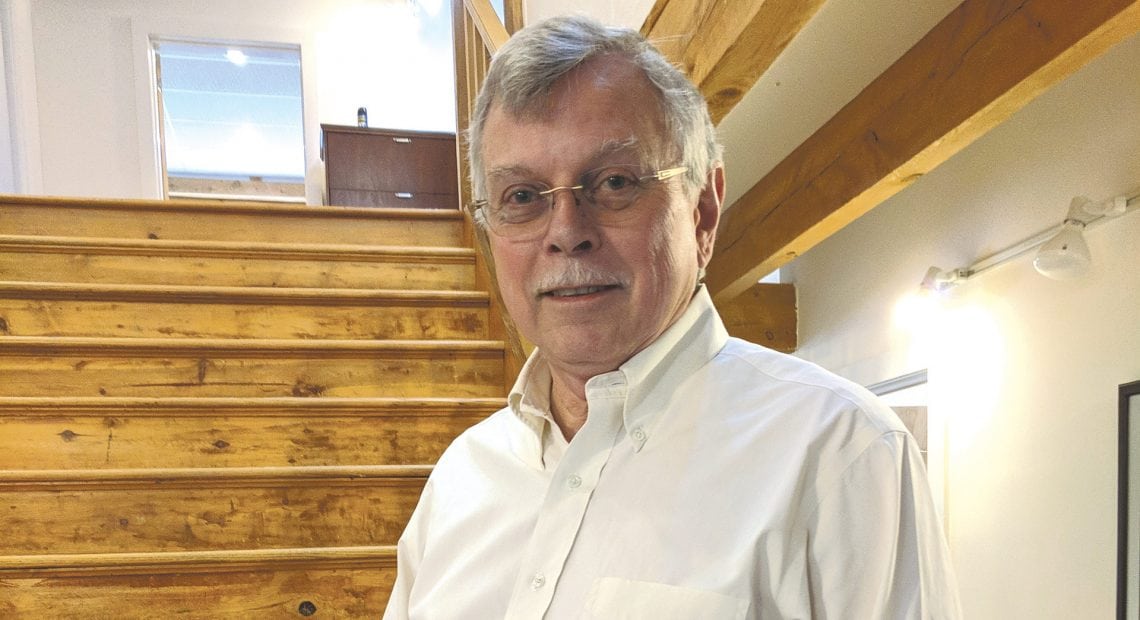





 Retirees say they are considerably less concerned than pre-retirees about their money lasting throughout retirement, but worry more about the financial and lifestyle implications of declining health, according to new research from MassMutual.
Retirees say they are considerably less concerned than pre-retirees about their money lasting throughout retirement, but worry more about the financial and lifestyle implications of declining health, according to new research from MassMutual.
